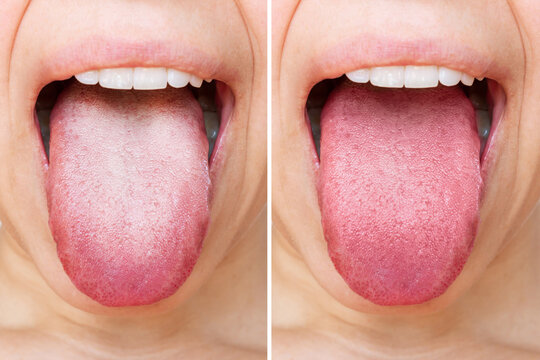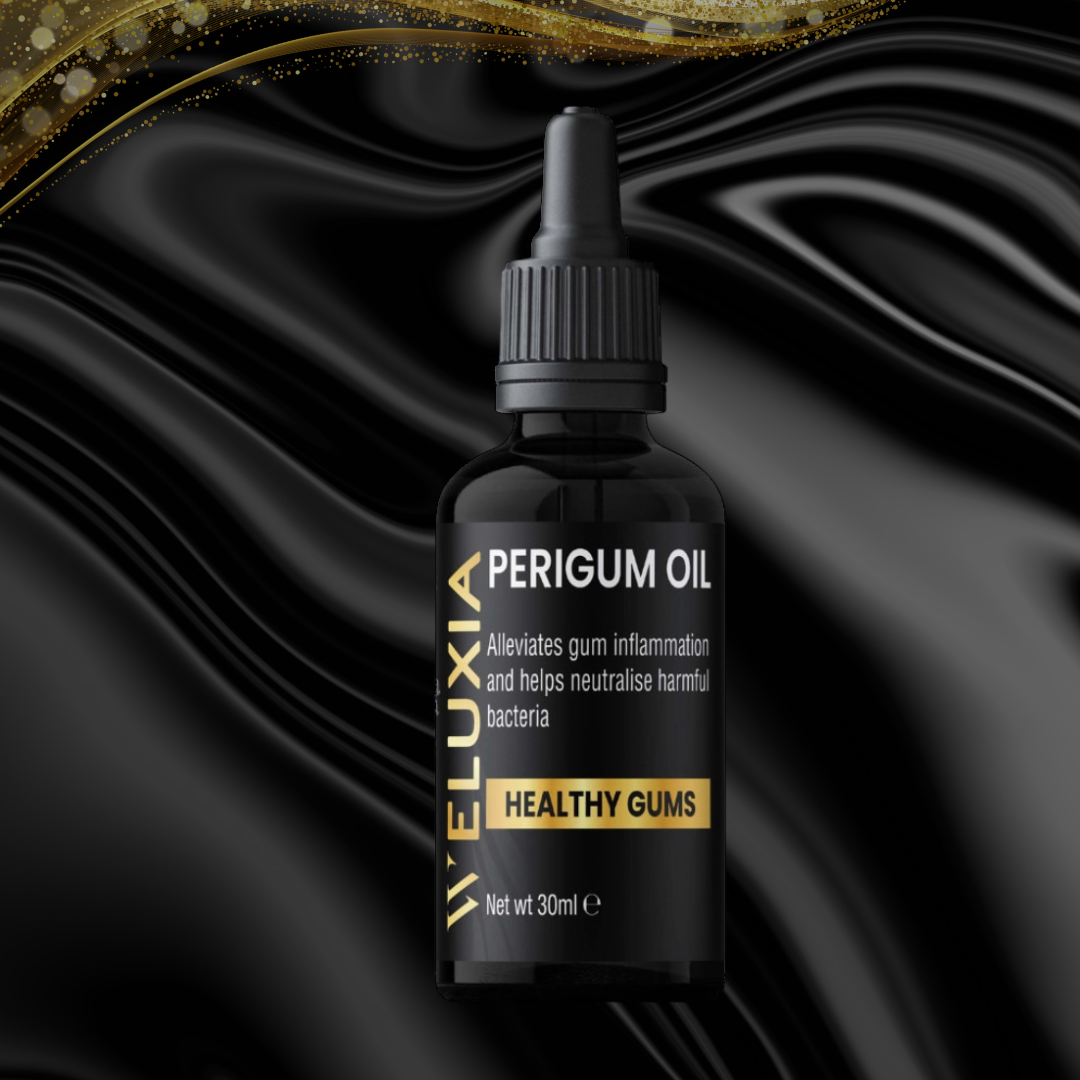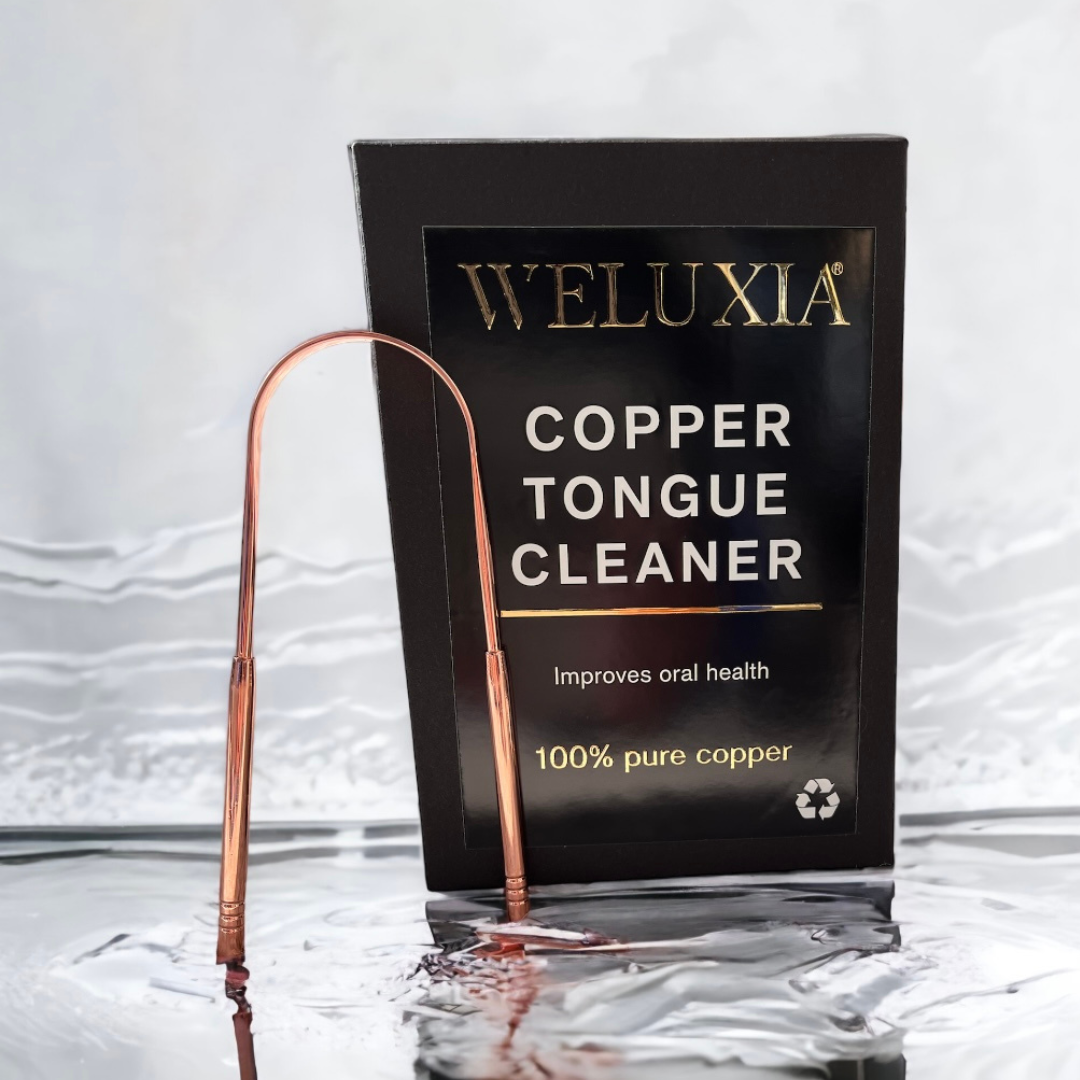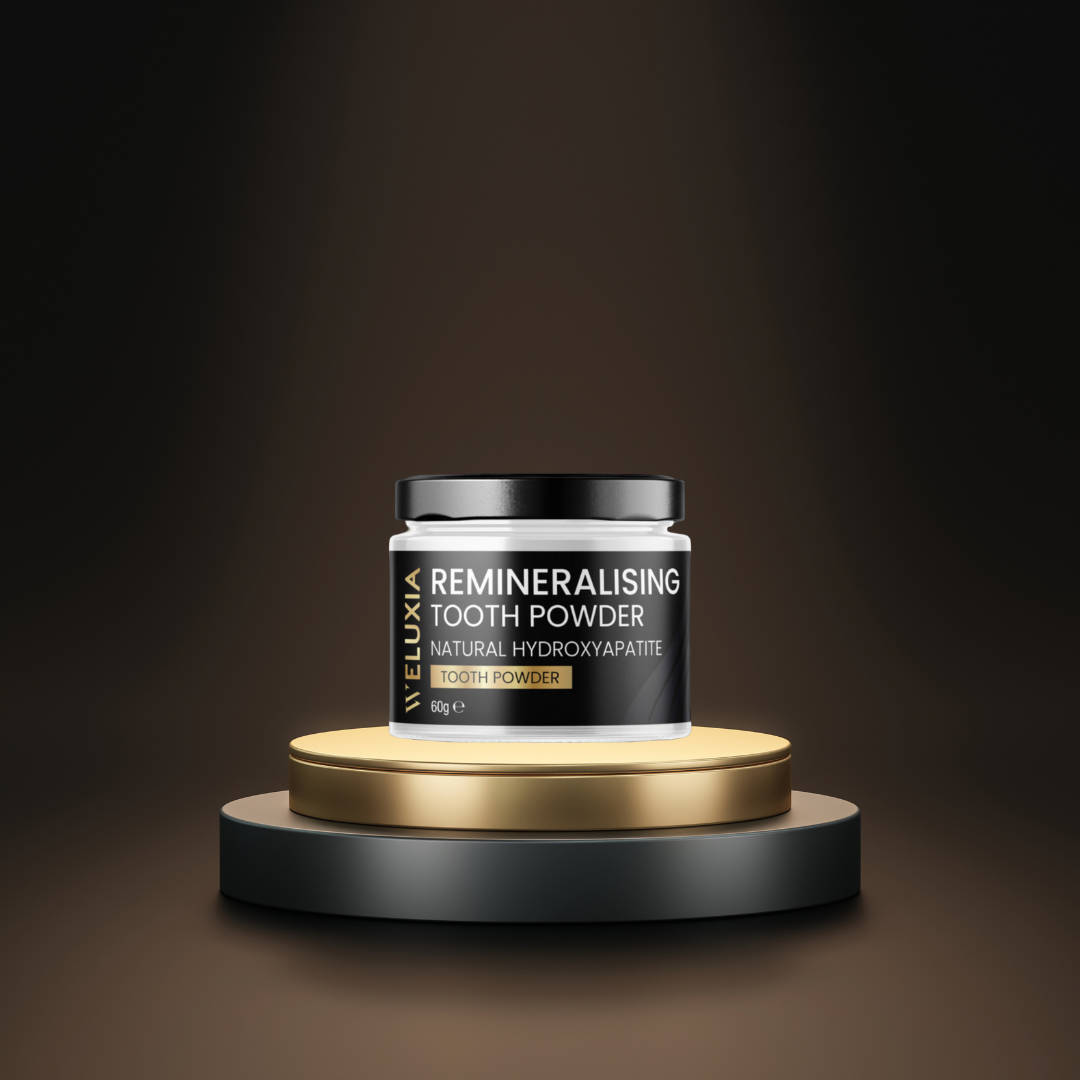Discover the ultimate guide to using a tongue scraper for fresher breath. This how-to guide will help you achieve a cleaner tongue and better oral hygiene.
The Ultimate Guide to Using a Tongue Scraper for Fresher Breath
Are you tired of waking up with morning breath? Do you find yourself constantly reaching for mints and gum to mask unpleasant odours coming from your mouth? If so, you may be missing out on a simple yet effective solution to bad breath – a tongue scraper. Yes, you heard it right. This small, inexpensive tool has been gaining attention in recent years for its ability to eliminate odour-causing bacteria that reside on the surface of our tongues. In this ultimate guide, we will explore the many benefits of using a tongue scraper and provide you with all the information you need to upgrade your oral hygiene routine. So, grab your toothbrush and get ready to say goodbye to bad breath with the help of a tongues scraper.
Benefits of Tongue Scraping for Improved Oral Health
Tongue scraping may not be the first thing that comes to mind when thinking about oral health, but this simple practice can have profound benefits for your overall dental hygiene. Using a tongue scraper removes bacteria and debris from the surface of your tongue, which can contribute to bad breath and tooth decay. It's a quick and easy addition to your daily routine that can greatly improve your oral health.
One of the main benefits of using a tongue scraper is that it helps to eliminate bad breath. The surface of the tongue can harbor odour-causing bacteria, which can lead to unpleasant breath even after brushing your teeth. By regularly scraping your tongue, you can significantly reduce the bacteria on its surface, resulting in fresher breath throughout the day.
In addition to freshening your breath, tongue scraping can also help improve your overall oral health. By removing bacteria and debris from the tongue, you are reducing the risk of tooth decay and gum disease. Bacteria on the tongue can transfer to your teeth and gums, leading to plaque formation and potential oral health issues. Using a tongue scraper can help prevent these problems and keep your mouth healthy.
To incorporate tongue scraping into your oral hygiene routine, simply hold the tongue scraper at the back of your tongue and gently scrape from back to front. Rinse the scraper after each use. Aim to do this once a day, preferably in the morning. With consistent use, you'll notice fresher breath, reduced bacteria, and improved oral health.
In conclusion, tongue scraping is a simple but effective tool for maintaining good oral health. By regularly removing bacteria and debris from your tongue, you can experience fresher breath and prevent potential dental problems. Adding this practice to your daily routine is a small step that can have significant long-term benefits for your overall oral hygiene. So why not give it a try and see the positive impact it can have on your dental health?
Step-by-Step Instructions for Proper Tongue Scraping Technique
If you're looking for a fresh and healthy mouth, tongue scraping should be a part of your oral hygiene routine. This simple practice helps remove bacteria, food debris, and dead cells from the surface of the tongue, improving both oral health and overall well-being. But how do you use a tongue scraper effectively? Follow these step-by-step instructions for the proper tongue scraping technique.
1. Start by choosing the right tongue scraper: Look for a scraper that is comfortable to hold and has a rounded edge to prevent any discomfort or injury to the tongue. Avoid metal scrapers, as they can be too harsh and may cause scraping injuries.
2. Stand in front of a mirror and open your mouth wide. Extend your tongue as far as possible, tilting your head back slightly for better access. Hold the tongue scraper at the back of the tongue, placing it as far back as comfortable without triggering a gag reflex.
3. Gently press the scraper against the surface of the tongue and begin scraping forward in one smooth motion. Apply enough pressure to remove build up but be careful not to press too hard to avoid injuries. Repeat this scraping motion from back to front several times, rinsing the scraper after each pass.
4. Keep scraping until you have covered the entire surface of the tongue. Pay special attention to the back of the tongue, where most bacteria tends to accumulate. Once you're done, rinse your mouth thoroughly with water or mouthwash to remove any residual debris.
Incorporating tongue scraping into your daily routine takes only a few minutes but can have significant benefits for your oral health. By following these step-by-step instructions, you can ensure an effective and safe tongue scraping technique that will leave you with a clean, fresh mouth and a healthier overall well-being. So, grab your tongue scraper and make it a habit for a healthier smile!

Choosing the Right Tongue Scraper: Types and Materials
When it comes to oral hygiene, brushing and flossing are often the first things that come to mind. However, one important step that is often overlooked is tongue scraping. Tongue scrapers are dental tools specifically designed to remove bacteria, debris, and food particles from the surface of the tongue, promoting fresher breath and better oral health.
When choosing a tongue scraper, it's essential to understand the different types and materials available. The most common types are U-shaped or curved scrapers and tongue brushes. U-shaped scrapers are generally considered more effective as they can cover a larger area of the tongue with a single stroke. On the other hand, tongue brushes may be preferable for those who find it uncomfortable to use a scraper.
Another factor to consider is the material of the tongue scraper. The most popular options are stainless steel, copper, and plastic. Stainless steel is often recommended due to its durability and ease of cleaning. Copper, on the other hand, is believed to have antimicrobial properties, making it a good choice for those with a sensitive tongue or prone to oral infections. We recommend Weluxia Copper Tongue Cleaner. Plastic scrapers are the least expensive option, but they may not be as effective or long-lasting as the metal counterparts.
In conclusion, choosing the right tongue scraper plays a crucial role in maintaining optimal oral hygiene. U-shaped scrapers and tongue brushes are the two main types to consider, depending on individual preferences. Stainless steel and copper are the preferred materials for their durability and potential antimicrobial properties. By selecting the right tongue scraper, you can improve your breath and promote a healthier mouth.
Common Mistakes to Avoid When Using a Tongue Scraper
Using a tongue scraper is an effective way to keep our tongues clean and healthy. However, there are some common mistakes that people often make when using a tongue scraper. By avoiding these mistakes, you can maximize the benefits of this simple oral hygiene tool.
One mistake is applying too much pressure on the tongue. Although it may seem like applying force will remove more bacteria and debris, it can actually lead to irritation or even injury to the delicate tissues of the tongue. Instead, use a gentle and controlled motion when scraping and avoid pushing too hard.
Another mistake is using the tongue scraper only once a day. Just like brushing your teeth, scraping your tongue should be done at least twice a day to effectively remove bacteria and prevent bad breath. Make it a part of your daily oral hygiene routine, preferably in the morning and before bed, for optimal results.
Some people also make the mistake of not cleaning their tongue scraper properly after use. It's essential to rinse the scraper with warm water or use a sanitizing solution to remove any residue and prevent the growth of bacteria. Additionally, it's advisable to replace your tongue scraper every three to six months to ensure proper functionality.
In conclusion, using a tongue scraper can be a game-changer for maintaining good oral hygiene. However, by avoiding common mistakes such as applying excessive pressure, using it only once a day, and not cleaning it thoroughly, you can make the most out of this simple yet effective tool. Incorporating proper tongue scraping techniques into your daily routine will help keep your tongue clean, fresh, and free from bacteria.

Tongue Scraping vs. Brushing: Understanding the Differences
When it comes to maintaining oral hygiene, most people are familiar with the concept of brushing their teeth. However, there is another important step that often gets overlooked: tongue scraping. While brushing your teeth helps to remove plaque and food particles from the surface of your teeth, tongue scraping focuses on cleaning the tongue itself.
Tongue scraping involves using a small tool called a tongue scraper to gently remove bacteria, dead cells, and debris from the surface of the tongue. This practice has been around for centuries in traditional Ayurvedic medicine and is gaining popularity in mainstream oral care routines. Unlike brushing, which mainly focuses on the teeth and gums, tongue scraping specifically targets the tongue, which can harbor a significant amount of bacteria.
So, why not just use a toothbrush to clean your tongue? While brushing your tongue with a regular toothbrush can help remove some bacteria, a dedicated tongue scraper is far more effective. The design of a tongue scraper allows for a thorough cleaning of the entire tongue surface, including hard-to-reach areas. It is also believed to enhance the sense of taste, improve breath odour, and promote overall oral health.
In conclusion, while brushing your teeth is essential, it's equally important not to neglect the tongue when it comes to oral care. Incorporating tongue scraping into your daily routine can help remove bacteria and debris that brushing alone may not adequately eliminate. So, it might be time to invest in a quality tongue scraper and experience the benefits of this ancient practice for yourself.
The Science Behind Tongue Scraping and Fresher Breath
Ever wondered why your breath still doesn't feel fresh even after brushing your teeth? While brushing and flossing are essential for maintaining oral hygiene, there's another step you might be missing - tongue scraping. This ancient practice has been gaining popularity in recent years, and for good reason. By utilizing a tongue scraper, you can effectively remove bacteria, food particles, and dead cells from the surface of your tongue, resulting in fresher breath and improved overall oral health.
The tongue is a breeding ground for bacteria, especially towards the back where a majority of the odour-causing ones tend to reside. When we speak, eat, or even breathe, these bacteria can release volatile sulfur compounds, leading to bad breath. That's where the tongue scraper comes in. By gently scraping your tongue from the back to the front, you're physically removing the layer of bacteria, reducing the likelihood of bad breath.
Not only does tongue scraping aid in preventing bad breath, but it also offers other benefits. Research has shown that the accumulation of bacteria on the tongue can contribute to plaque formation and even tooth decay. By incorporating tongue scraping into your daily oral care routine, you're reducing the risk of dental issues. Additionally, with a cleaner tongue, your taste buds can function better, enhancing your ability to savour the flavours of the food you eat.
So, the next time you brush your teeth, don't forget to grab a tongue scraper and give your tongue a thorough cleaning. Your breath will thank you, and you'll be contributing to your overall oral health. Tongue scraping is a simple yet effective step that can make a noticeable difference in your daily routine. Give it a try and experience the science behind fresher breath firsthand.
Integrating Tongue Scraping into Your Overall Dental Hygiene Routine
Maintaining proper oral hygiene is essential for overall health and well-being. While most people focus on brushing and flossing their teeth, many forget about the importance of tongue cleaning. That’s where a tongue scraper comes in.
Tongue scraping is a simple yet effective practice that can significantly improve your dental hygiene routine. This tool helps remove the build-up of bacteria, dead cells, and food particles that accumulate on the surface of your tongue. By regularly scraping your tongue, you can reduce bad breath, improve taste sensation, and reduce the risk of oral health issues.
Integrating tongue scraping into your daily routine is easy. Start by choosing a high-quality tongue scraper that suits your needs. A stainless-steel scraper is a popular choice because it is durable, easy to clean, and highly effective. Make it a habit to scrape your tongue first thing in the morning and before brushing your teeth. Gently press the scraper against the back of your tongue and pull it forward, removing any residue. Rinse the scraper after each use to maintain its hygiene.
For optimal results, combine tongue scraping with regular brushing and flossing. Brush your teeth thoroughly twice a day using a fluoride toothpaste and a soft-bristle toothbrush. Don’t forget to replace your toothbrush every three to four months. Additionally, floss daily to remove plaque from between teeth and along the gum line. This comprehensive approach will ensure your entire mouth stays clean, fresh, and healthy.
In conclusion, incorporating tongue scraping into your dental hygiene routine is a small yet impactful step toward better oral health. By removing harmful bacteria and debris from your tongue’s surface, you can improve not only your breath but also your overall well-being. So, invest in a tongues scraper, make it a daily habit, and enjoy the benefits of a healthier mouth.
Maintaining Your Tongue Scraper: Cleaning and Care Tips
Maintaining Your Tongue Scraper: Cleaning and Care Tips
Tongue scrapers are becoming increasingly popular as people recognize the importance of oral hygiene. This simple yet effective tool can help remove the buildup of bacteria and debris from the surface of your tongue, improving both your breath and overall oral health. However, like any other instrument, proper maintenance is crucial to ensure its longevity and effectiveness.
Cleaning your tongue scraper after each use is essential to prevent the accumulation of bacteria. Start by rinsing it thoroughly under warm water to remove any remaining particles. You should then carefully scrub the scraper with a soft-bristled toothbrush and mild soap or toothpaste. Make sure to reach all the nooks and crannies to eliminate any hidden residue.
To prolong the life of your tongue scraper, it is essential to store it properly. After cleaning, ensure it is completely dry before storing it in a clean and dry place. Avoid areas with high humidity, as this can promote the growth of bacteria. Additionally, it is recommended to replace your tongue scraper every three to four months to maintain its effectiveness.
Regularly inspecting your tongue scraper is crucial to identify any signs of wear or damage. If you notice any cracks or bends, it is time to replace it. Using a damaged tongue scraper can not only reduce its efficiency but also cause harm to your tongue or gums.
Incorporating a tongue scraper into your daily oral care routine is a small step that can make a significant difference in your overall oral health. By following these simple cleaning and care tips, you can ensure that your tongue scraper remains a reliable tool in maintaining fresh breath and a healthy mouth. Remember, a clean tongue goes a long way!
Expert Tips for Maximizing the Benefits of Tongue Scraping
Tongue scraping, a practice dating back thousands of years, has gained popularity in recent years for its numerous health benefits. Not only does it improve oral hygiene, but it also promotes overall well-being. To maximize the benefits of tongue scraping, experts suggest following a few simple tips.
Firstly, it's important to choose the right tongue scraper. Look for a scraper that has a gentle curve and a wide surface area. This will help you effectively remove the buildup on your tongue without causing any discomfort. Additionally, opt for a scraper made of copper or stainless steel as these materials are easy to clean and have antimicrobial properties.
Secondly, establish a routine. Just like brushing your teeth, make tongue scraping a regular part of your oral hygiene routine. Experts recommend scraping your tongue first thing in the morning, before eating or drinking anything. This helps remove the bacteria and toxins that have accumulated overnight and gives you a fresh start to the day.
When it comes to the actual scraping technique, gentle is the key. Start at the back of your tongue and, using light pressure, make slow, downward strokes towards the tip. Be sure to cover the entire surface of your tongue, including the sides, as this is where the most bacteria tend to accumulate. Rinse your scraper after each stroke to remove the residue. Repeat this process 5 to 10 times, depending on your comfort level.
Tongue scraping is a simple yet effective practice for improving oral hygiene and overall health. By following these expert tips, you can maximize the benefits of tongue scraping and enjoy a healthier mouth. Remember, consistency is key, so make it a habit and reap the rewards of a cleaner, fresher tongue.







